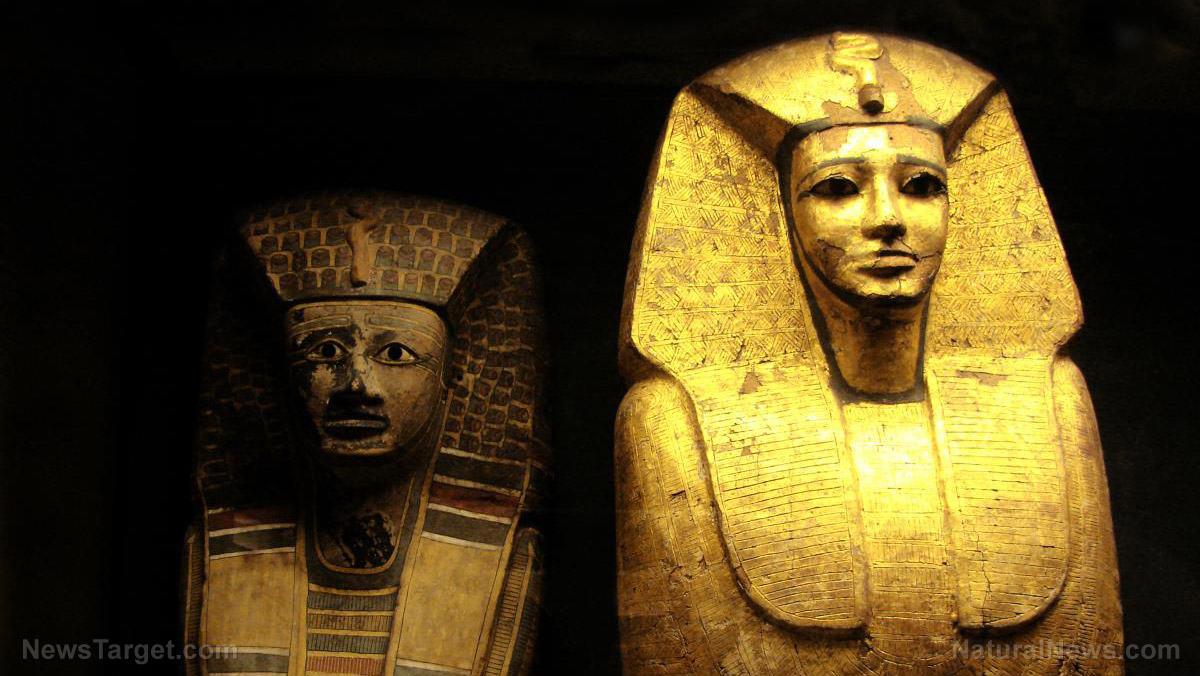 Parler
Parler Gab
Gab
Who made the tools found at Lomekwi 3?
The discovery by Harmand, Lewis and their colleagues in Kenya appeared to revolutionize archaeology and force history to be rewritten. However, it poses two questions: Who made the tools and how are they linked to the Oldowan stone implements? Anthropologists posited that individuals from the Homo genus, ancestors of the modern H. sapiens, were the first to develop such tools. However, H. habilis – the first hominids to make stone tools – only appeared hundreds of years later. Harman and Lewis pointed to two possible creators of the Lomekwi stone tools. One is the Kenyanthropus platyops identified by paleontologist Meave Leakey and her colleagues, and the other is an unknown member of the human genus who once lived in the area. (Related: Scientists find new mystery human ancestor whose DNA remains in people today.) Another question that emerged is the connection between the Oldowan tools and the earlier Lomekwi counterparts. The implements found in Kenya had been hit against once another to detach stone flakes in a process called knapping. "You can tell these scars [on the stone tools] are organized," Harmand said. There are two possible ways the Lomekwi tools were made based on further analysis on the tools' scars and attempts to replicate their production. First, the individual might have set the stone on a flat rock and chipped away at it with another rock just like a hammer and anvil. Second, they could have held the stone with two hands and hit it against the flat rock, chipping away small bits. The Oldowan toolmakers used a different method to make stone implements. They held a rock in each hand and struck both together with the right force at just the right angle – which would have called for more dexterity. Harmand said: "We've jumped so far ahead with this discovery, that we need to to try to connect the dots back to what we know is happening in the early Oldowan." Discoveries.news has more articles about the finds at Lomekwi and other archaeological revelations. Sources include: HumansAreFree.com SmithsonianMag.com Nature.comSteve Quayle: Truth about aliens and destruction of human race will be revealed
By Kevin Hughes // Share
Qatari study finds natural immunity is 97% EFFECTIVE against severe COVID even after 14 months
By Ramon Tomey // Share
Curcumin found to stop cancer cell growth
By Zoey Sky // Share





